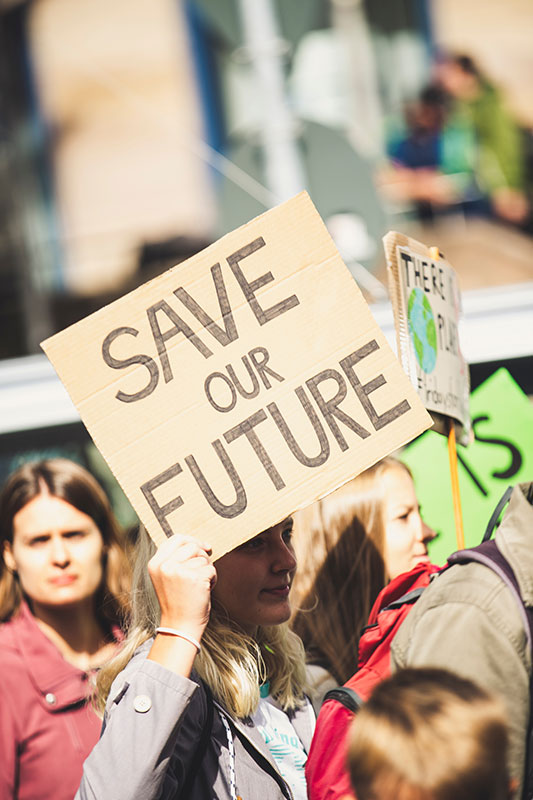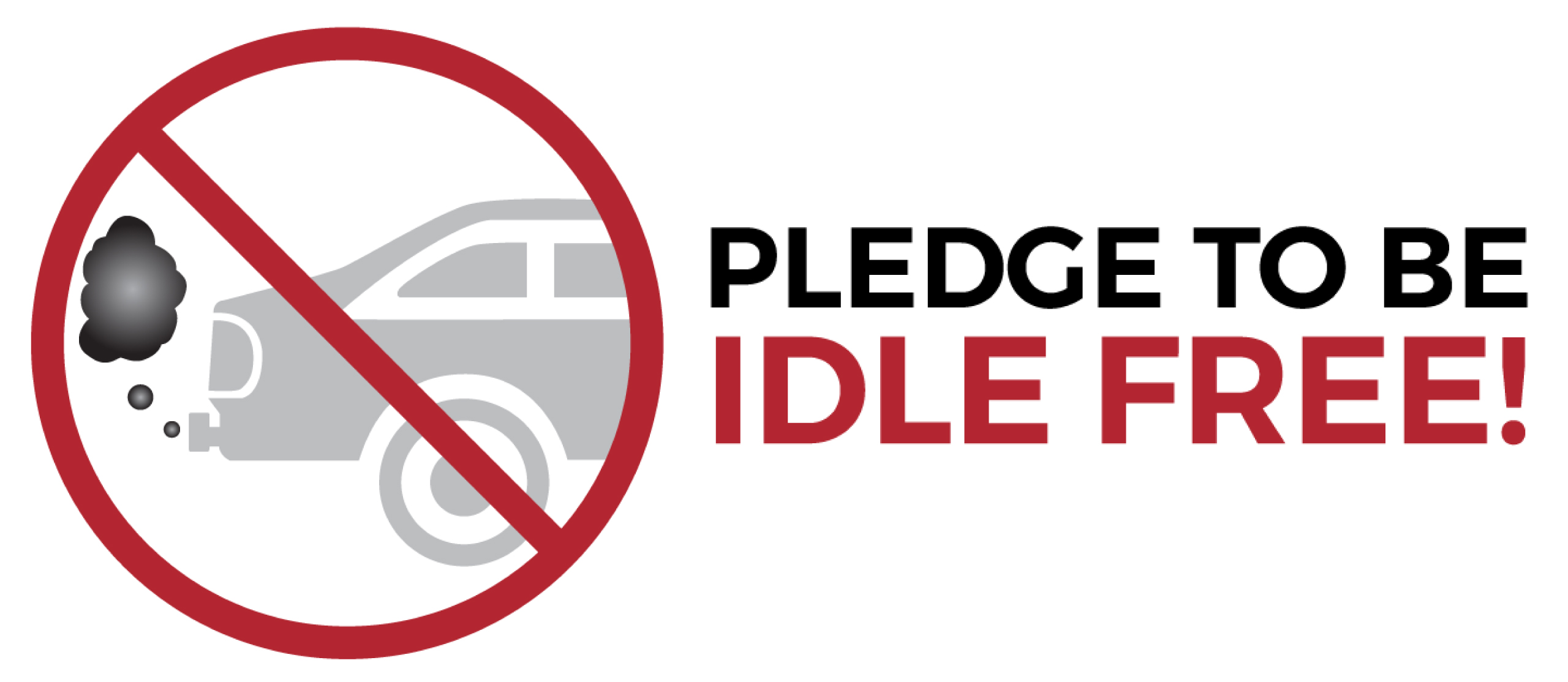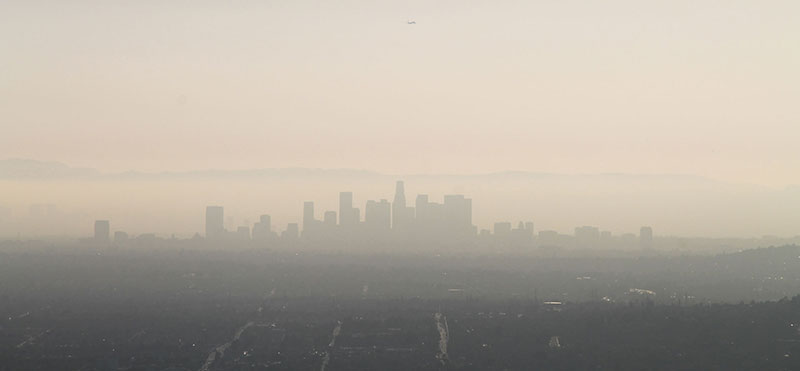 Curious about idling laws where you live? Want to get involved and possibly help reduce carbon emissions produced by idlers? Each state and sometimes even counties and cities have different laws on the books pertaining to idling and infractions for not following the law. Check out the laws in your area to be sure you are being compliant when driving your car in order to work at reducing carbon emissions.
Curious about idling laws where you live? Want to get involved and possibly help reduce carbon emissions produced by idlers? Each state and sometimes even counties and cities have different laws on the books pertaining to idling and infractions for not following the law. Check out the laws in your area to be sure you are being compliant when driving your car in order to work at reducing carbon emissions.
Contained in the links below are state incentives, laws, reguations, rebates, grants, zero emissions financing and more depending on where you live.
- Alabama
- Alaska
- Arizona
- Arkansas
- California
- Colorado
- Connecticut
- Delaware
- District of Columbia
- Florida
- Georgia
- Hawaii
- Idaho
- Illinois
- Indiana
- Iowa
- Kansas
- Kentucky
- Louisiana
- Maine
- Maryland
- Massachusetts
- Michigan
- Minnesota
- Mississippi
- Missouri
- Montana
- Nebraska
- Nevada
- New Hampshire
- New Jersey
- New Mexico
- New York
- North Carolina
- North Dakota
- Ohio
- Oklahoma
- Oregon
- Pennsylvania
- Rhode Island
- South Carolina
- South Dakota
- Tennessee
- Texas
- Utah
- Vermont
- Virginia
- Washington
- West Virginia
- Wisconsin
- Wyoming

Thank you for making a difference!
Let your friends know "I made the Plegde to be Idle Free" and share with on Facebook, Twitter, LinkedIn or other social network.

When it comes to the environment, every second that a car is idling counts. While it might seem harmless to leave your car’s engine on while you are waiting to pick up someone or waiting for a food order, it’s better for you and the environment if you choose to turn your car off. Here’s why you should rethink idling.
To begin with, let us try and understand what idling is and where idling happens. An idling car or vehicle is one whose engine is running while it is not in use or remains parked. Idling happens most often at drive-thrus, driveways, school parking lots/pickup lines, car washes, malls, bridges and a number of other places. Studies have proved that an average American spends 16 minutes a day idling their vehicle. We have compiled a list of reasons why you should stop idling and they are listed below:
- Save money: Did you know that letting your vehicle idle for over 10 seconds burns more fuel than turning it off and restarting? Apart from the money saved on fuel costs, you would be saving yourself money for damaged engine components, including spark plugs and exhaust systems.
- Save the planet: For every 10 minutes that you leave your engine idling, you contribute to one pound of carbon dioxide being released into the environment. Reports have shown that in New York City alone, idling cars and trucks contribute to 130,000 tons of carbon dioxide (yearly), which is the primary contributor to global warming. Cutting idling time is surely going to contribute towards a greener and a cleaner planet.
- Save your car or vehicle: Idling can have a negative impact on your car’s engine components. Your car’s fuel is only partially combusted as the engine isn’t at peak temperature and this is likely to result in fuel residue along the cylinder walls. This leads to increased fuel consumption and impacts engine components as well.
- Save your health: By reducing the emission of carbon dioxide and other pollutants, you are cutting down on hazardous pollution in your town or community. Research has suggested that these pollutants can cause serious human illnesses including asthma, heart disease, chronic bronchitis, and cancer. Not to forget, kids are especially vulnerable to lifestyle ailments such as allergies and asthma as they inhale more air per pound of body weight. Since idling is common near schools, it is important to inform vehicle owners to turn off their cars.
- Save yourself penalties: Penalties vary from state to state for idling. In Washington D.C., for instance, you can get fined $5,000 if your car is idling for three minutes. In Pennsylvania, you can idle for 20 minutes in the event of low temperatures, below 40º. There are states that don’t allow you to let your car idle too. Don’t think that it’s the lawmakers’ way of messing with you. It is an initiative to save the environment.
The next time you find yourself waiting to pick up someone or idling due to any other reason - ask yourself – do you really need the engine running now? And, do yourself and your environment a favor. Shut off the engine!
